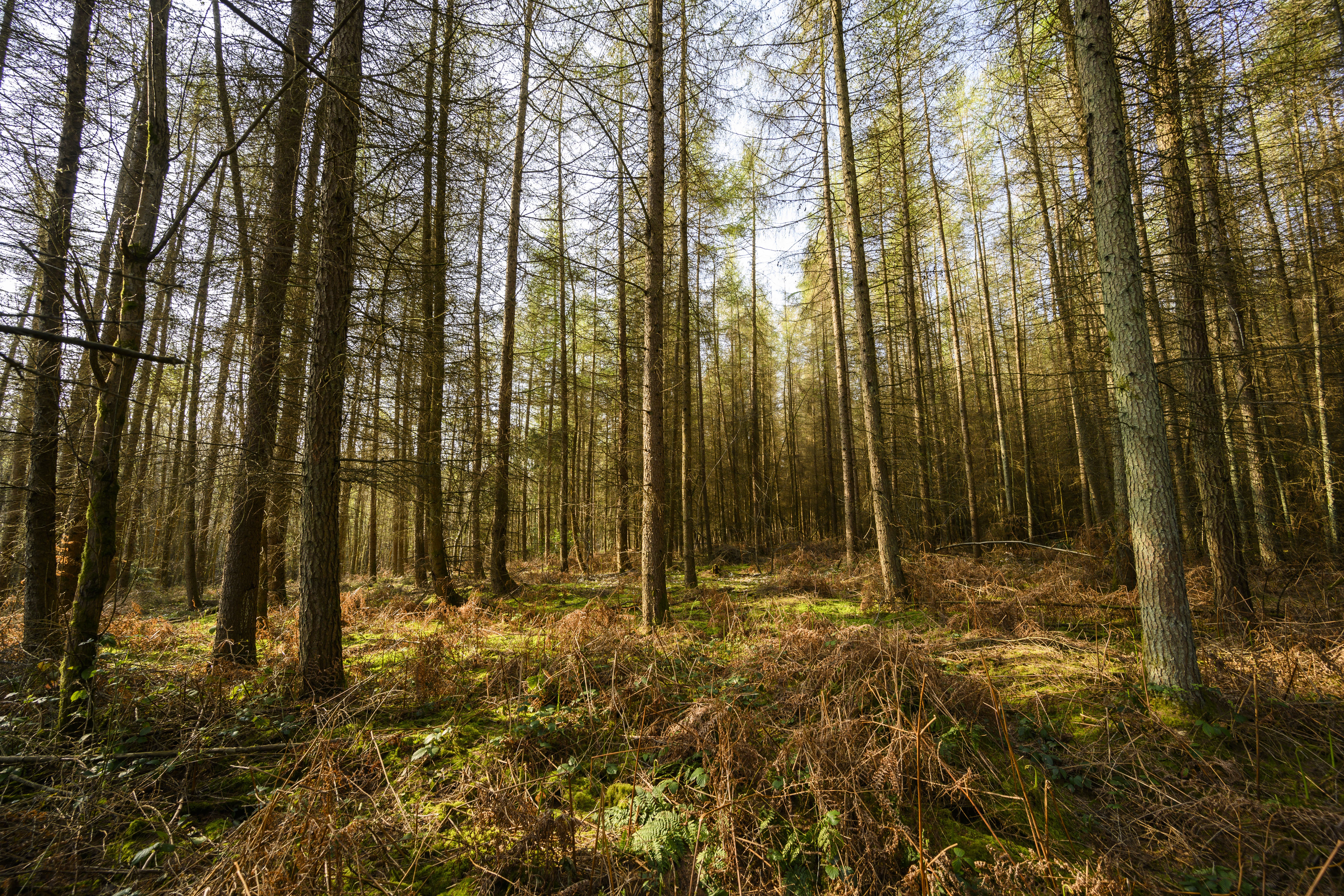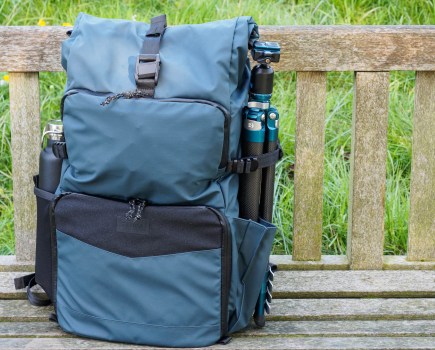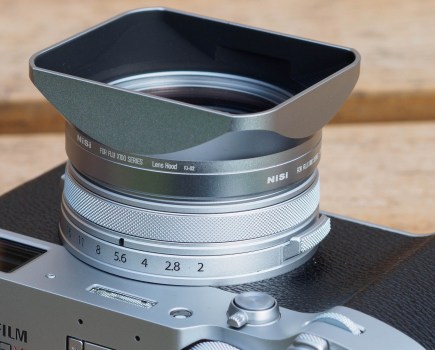Nikkor Z 14-30mm f/4 S review: Introduction
Nikon has been very forthcoming about the lenses it plans to release for its Z-mount full-frame mirrorless cameras. To coincide with the launch of the Z 7 and Z 6, Nikon started by offering one zoom and two primes. As well as the Nikkor Z 24-70mm f/4 S, Nikkor Z 35mm f/1.8 S and Nikkor Z 50mm f/1.8 S, there’s also the FTZ adapter, which lets users of Nikon DSLRs utilise their Nikkor F-mount lenses with the Z-mount system.
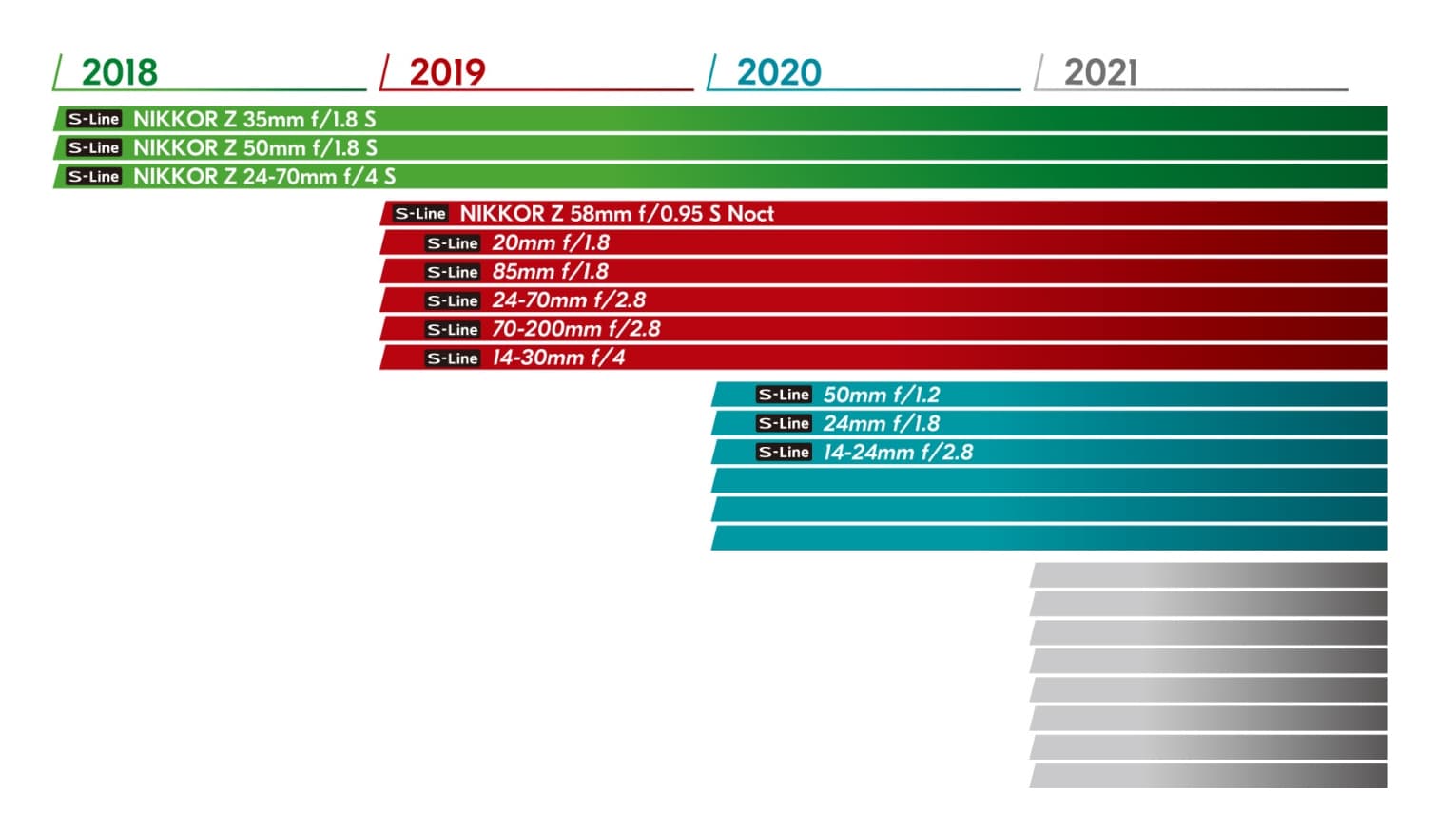
Nikon’s three-year lens roadmap. A 14-24mm f/2.8 is due to arrive sometime in 2020
If Nikon manages to achieve what it has set out to do on its lens roadmap, we should see six more Z-mount lenses introduced this year. New Nikkor Z-mount glass on the way includes a 58mm f/0.95 S Noct, 20mm f/1.8, 85mm f/1.8, 24-70mm f/2.8, 70-200mm f/2.8 and a 14-30mm f/4. We intend to review them all, but the Nikkor Z 14-30mm f/4 S arrives first.
Nikkor Z 14-30mm f/4 S review: Features
Suitable for a wide variety of applications from landscapes to interior and architecture work, this wideangle lens covers a broad focal range and offers more reach at the long end than the well-regarded AF-S 14-24mm f/2.8G ED (£1,799) that Nikon makes in F mount.
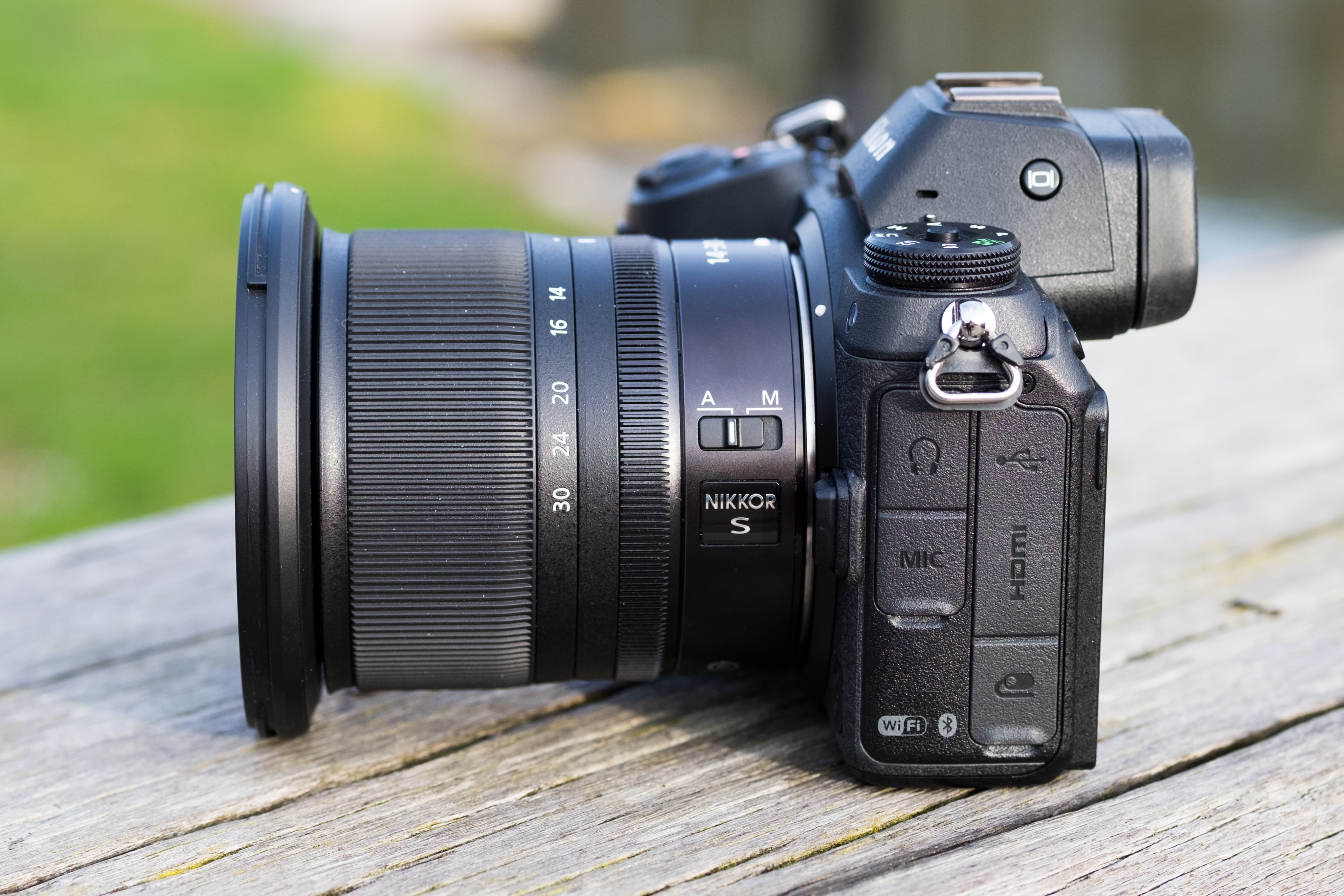
The Nikkor Z 14-30mm f/4 S is a compact lens in its retracted position
Having the opportunity to zoom up to 30mm brings it into line with many other wideangle zooms, while the 14mm wideangle allows users to squeeze more in the frame than the popular Nikkor AF-S 16-35mm f/4G ED VR (£1,099).
Looking at the optical construction, it arranges 14 elements in 12 groups. Four ED (extra-low dispersion) elements are included, as are four aspherical elements. Some lens elements also feature Nikon’s Nano Crystal Coat – an anti-reflective coating that’s designed to eliminate internal reflections and reduce ghosting and flare.
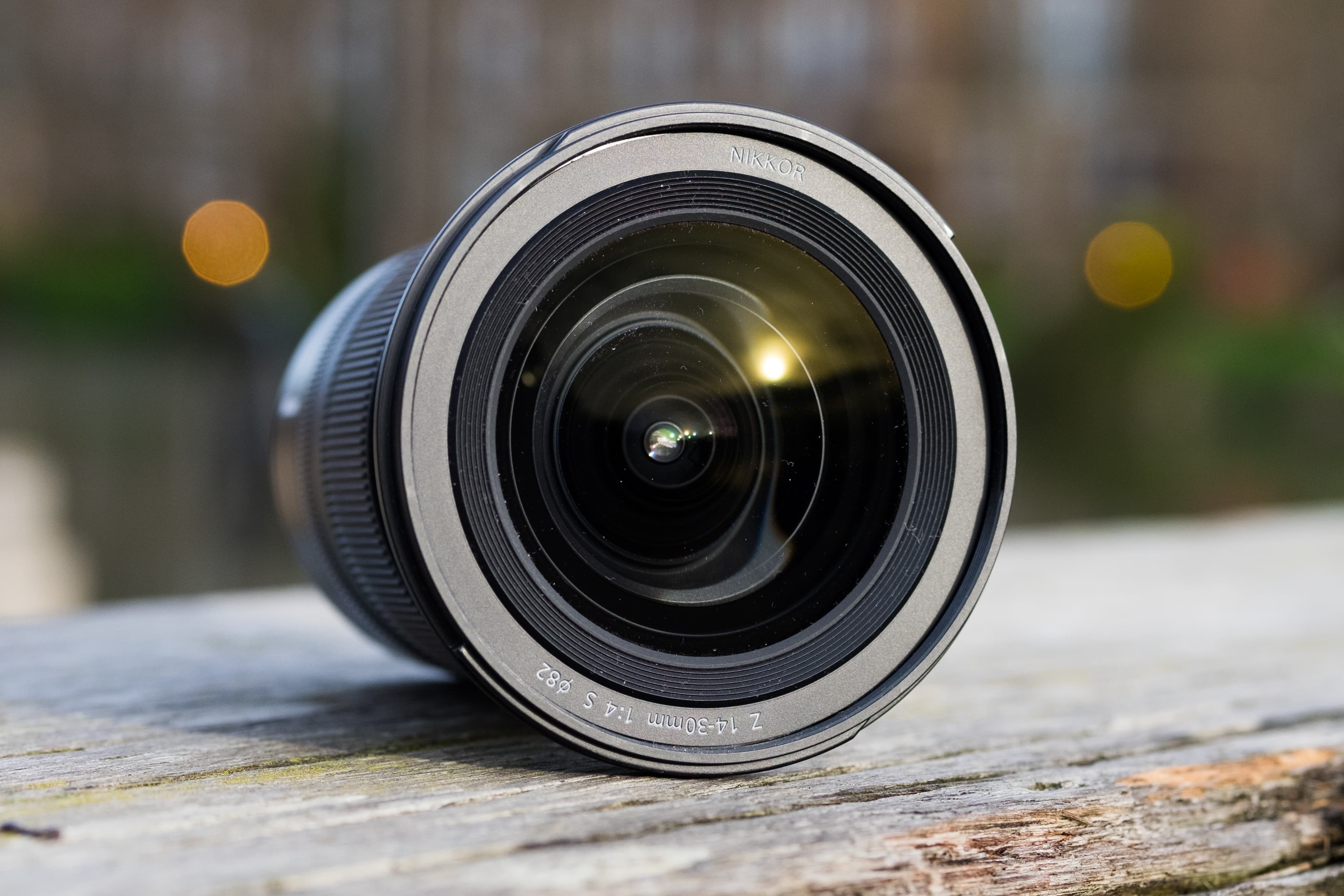
Unusually for an ultra wide angle zoom, the Nikkor Z 14-30mm f/4 S has an 82mm filter thread
The front element is fluorine-coated and it has seven diaphragm blades as opposed to the more regular nine.
Unlike some wideangle zooms, it doesn’t feature optical image stabilisation. This isn’t an issue though as there’s always the in-camera vibration reduction built into Nikon’s Z 7/Z 6 cameras, which allows users to shoot up to five stops slower than is otherwise possible.
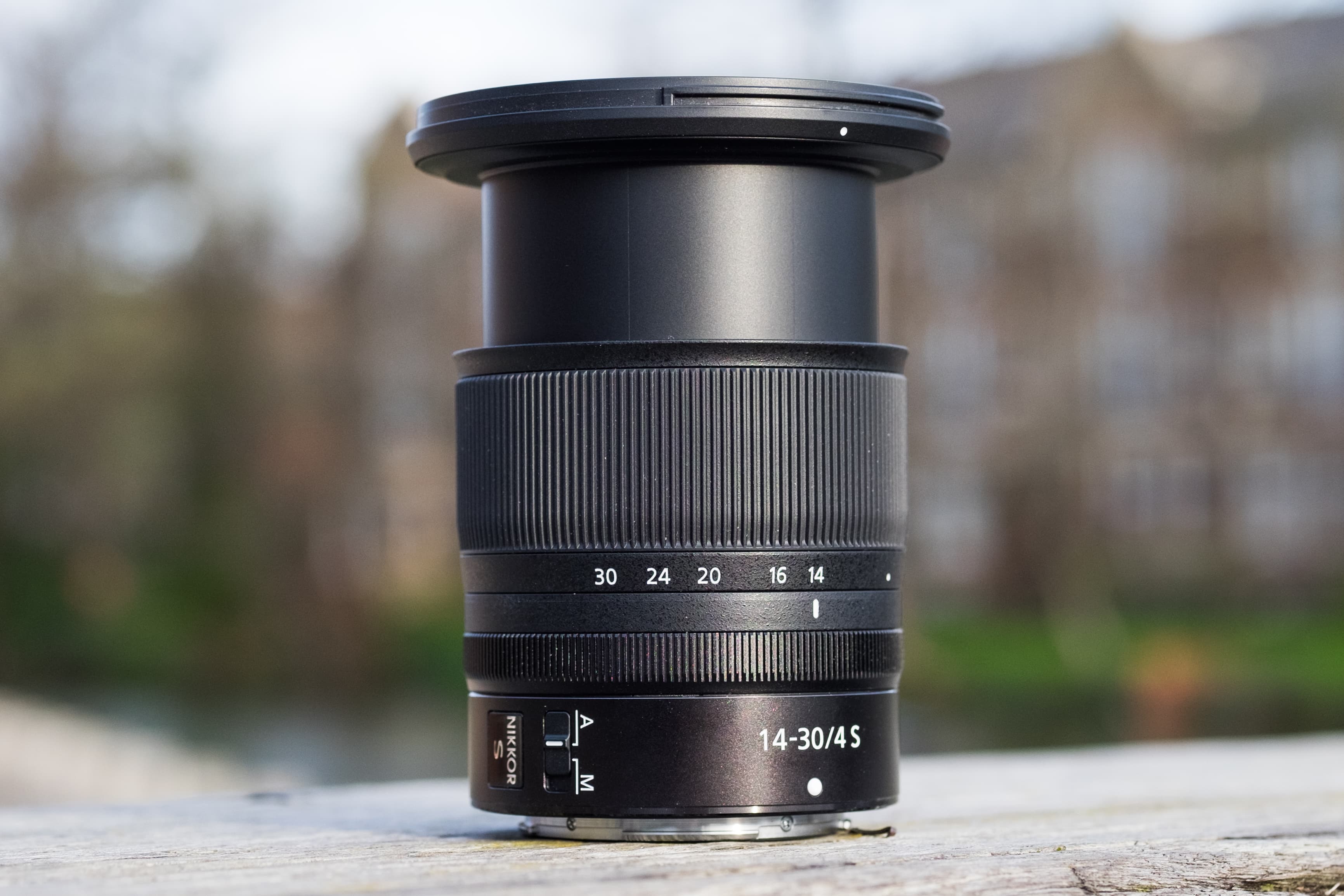
Here we see the true length of the lens when it’s extended to its 14mm position
An internal focusing system ensures the front element doesn’t rotate when zooming and quiet autofocus operation is achieved via a stepping motor. In AF mode, the control ring can be assigned to aperture, ISO or exposure compensation, enabling quick exposure changes to be made on the fly. Switch the lens over to manual focus and it operates like an ordinary manual focus ring.
One drawback of ultra-wide zooms can be their bulbous front elements and fixed hoods. This usually requires a special adapter ring to be purchased in readiness for a large and expensive filter holder to be mounted. The difference with this lens is that it has a standard 82mm thread ready to accept adapter rings or screw-in filters that users may already own.
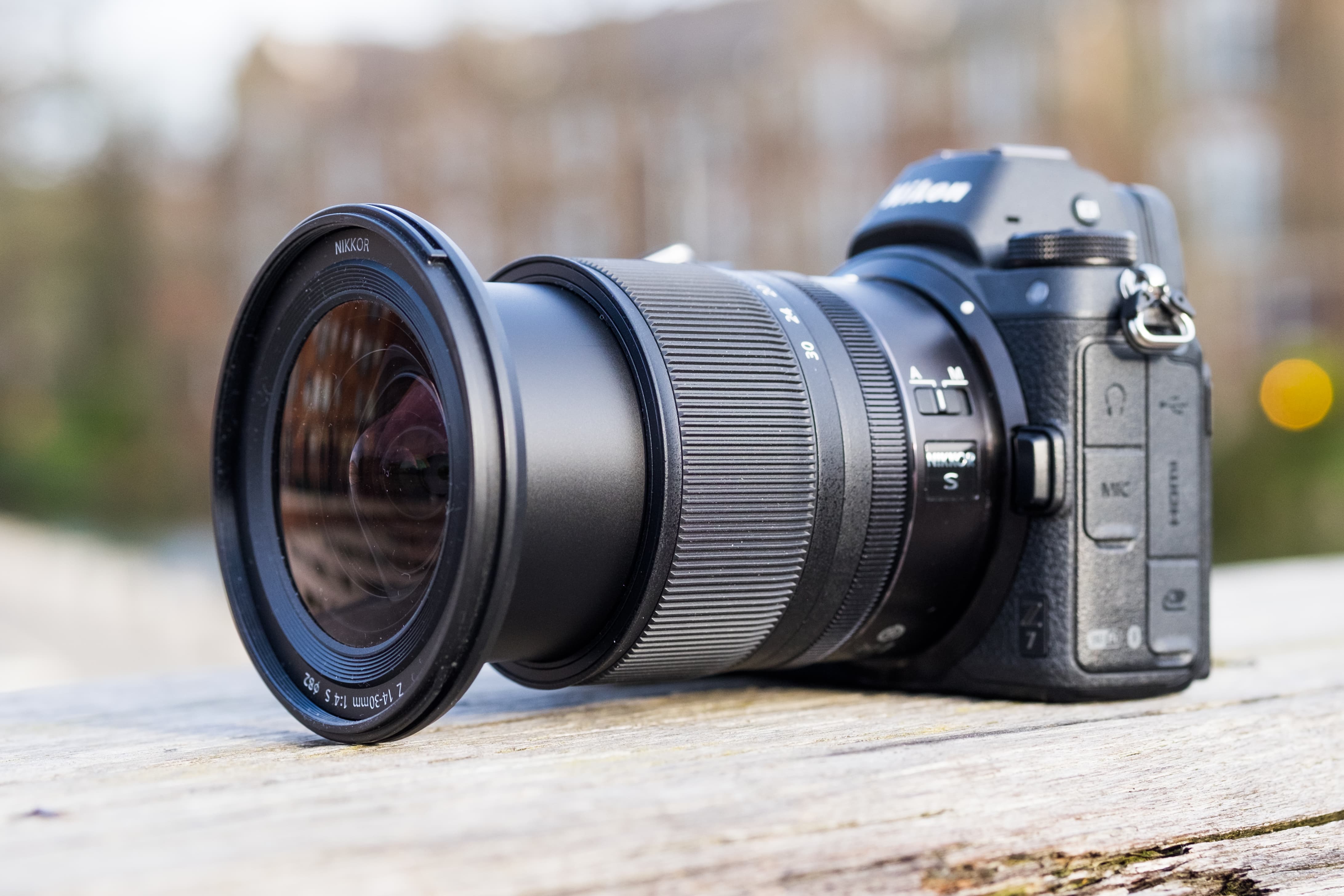
The Nikkor Z 14-30mm f/4 S was paired up with the Nikon Z 7 during our testing
Every movable part of the barrel is sealed to protect it from dust and water ingress, and it has a minimum focus distance of 0.28m.
Nikkor Z 14-30mm f/4 S review: Build & Handling
I was awestruck by the size of the lens when I picked it up out of the box. Nikon F-mount lenses such as the AF-S 16-35mm f/4G ED VR tower over it and when you compare their weight and dimensions, the 14-30mm f/4 works out 29% lighter and 32% shorter when it’s retracted.
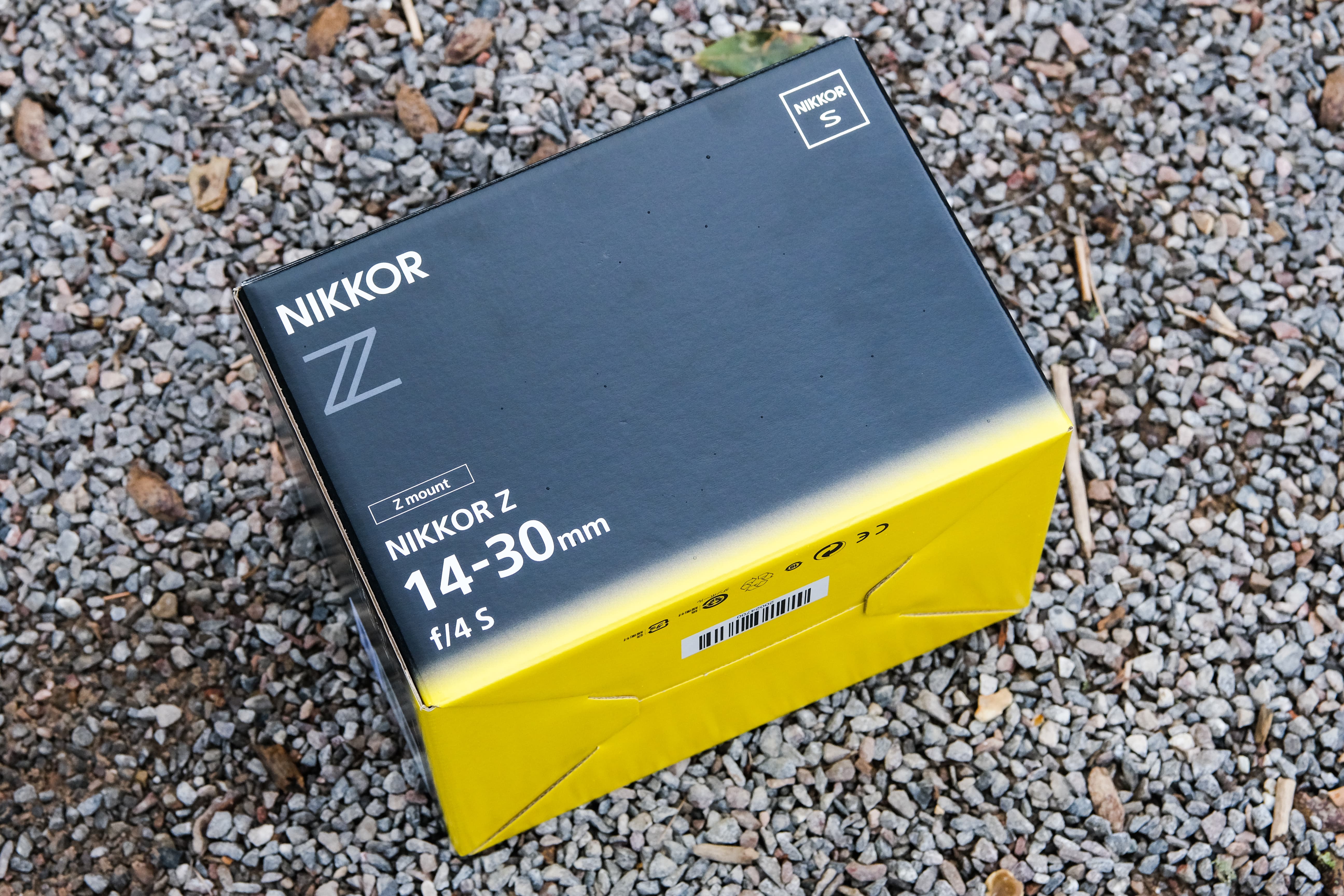
The box that the Nikkor Z 14-30mm f/4 S comes in
The retractable design is similar to that on the Nikon Z 24-70mm f/4 S. It doesn’t require a button to be depressed, it’s simply a case of a short twist of the rubberised zoom ring and you’re ready to shoot. The action of extending and retracting the lens is very positive and if you turn the camera on before extending the lens a message pops up on screen prompting you to do so.
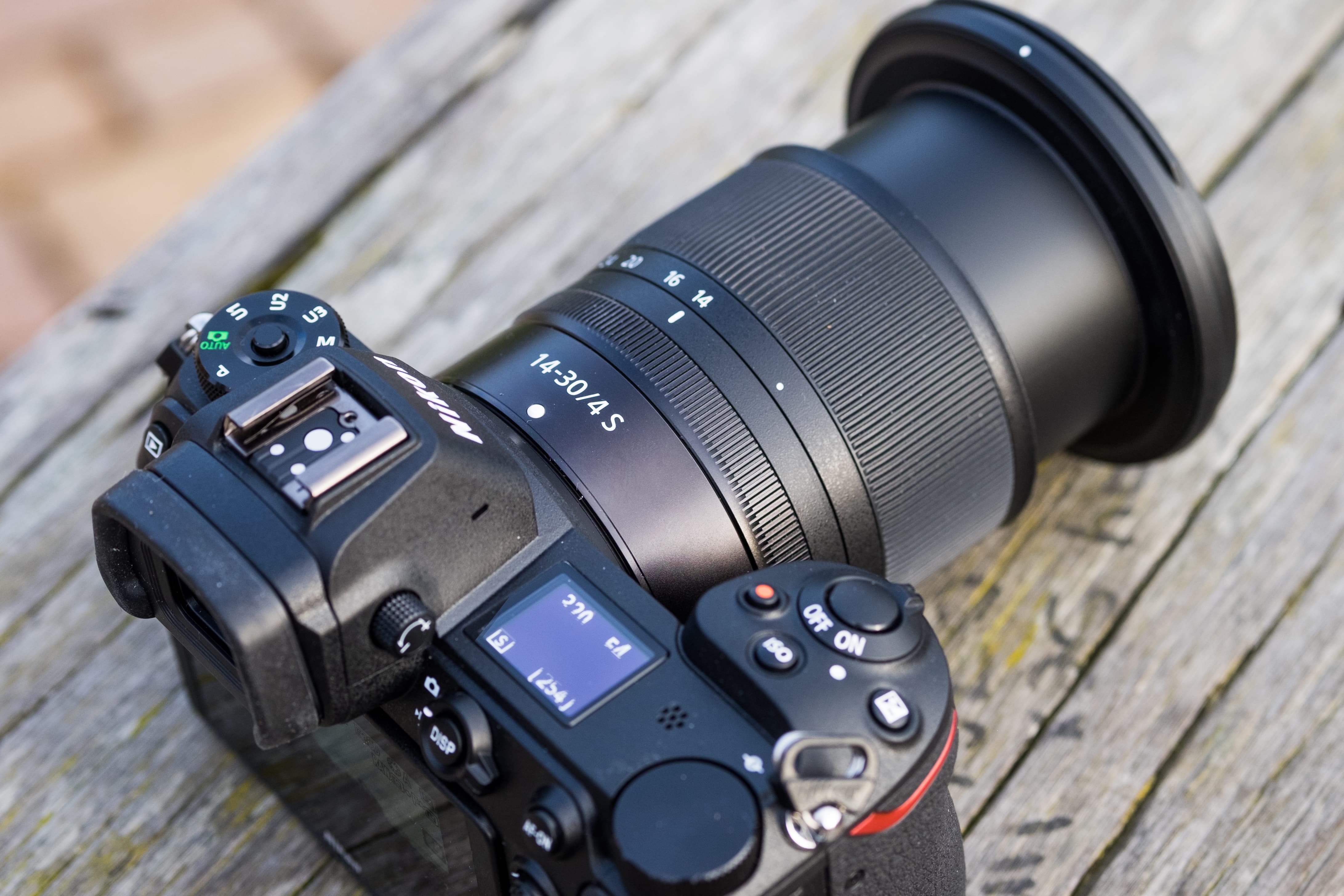
The zoom ring is rubberised, but the thinly grooved control ring behind it is not
The idea of the retractable design is to keep the lens as compact as possible when transporting or storing it, with the barrel extending by approximately 30mm in length from its retracted position to its widest 14mm setting. The zoom ring requires a little extra force to be applied when you’d like to retract the lens, but this means there’s never any risk of retracting it by accident.
The lens conforms to the styling of Nikon’s other Z-mount lenses, with engraved focal length markings standing out in white against a matte black barrel. A thin, but super-smooth and silent control ring provides precise control for fine focusing adjustments.
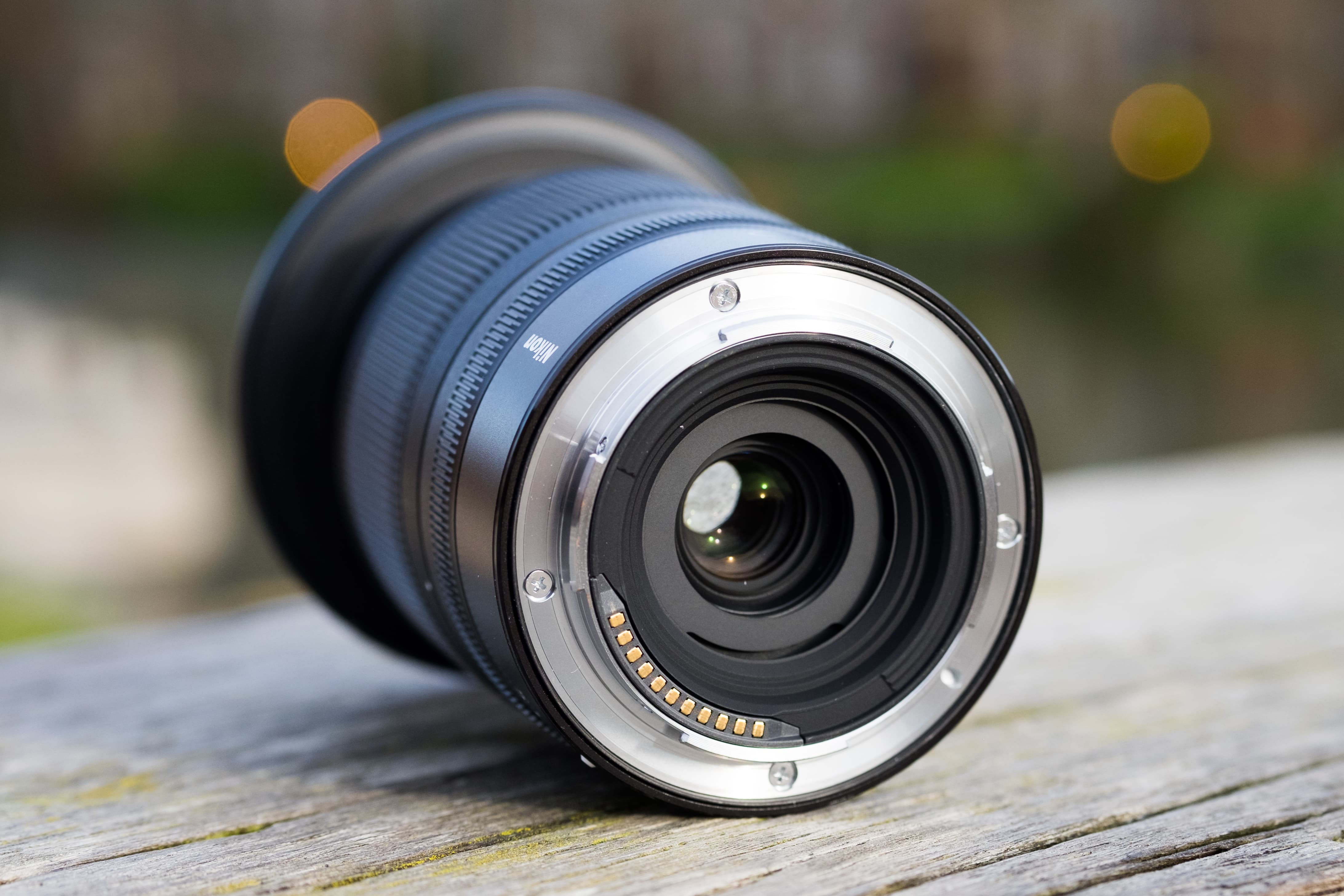
This image clearly shows the mount and metal contacts at the rear
Being such a small lens you don’t get luxuries like a focus distance window or any function buttons, however these might appear on the Nikkor Z 14-24mm f/2.8 S that’s due in 2020.
The throw of the zoom ring is quite short, requiring less than a quarter of a turn to get from 14mm to 30mm and vice versa. It operates fluidly with just the right level of resistance and allowed me to zoom across the range using just my thumb from its resting position in the palm of my hand. The AF/MF switch is modest in size, however I had no difficulty locating it with my thumb from behind the Z 7.
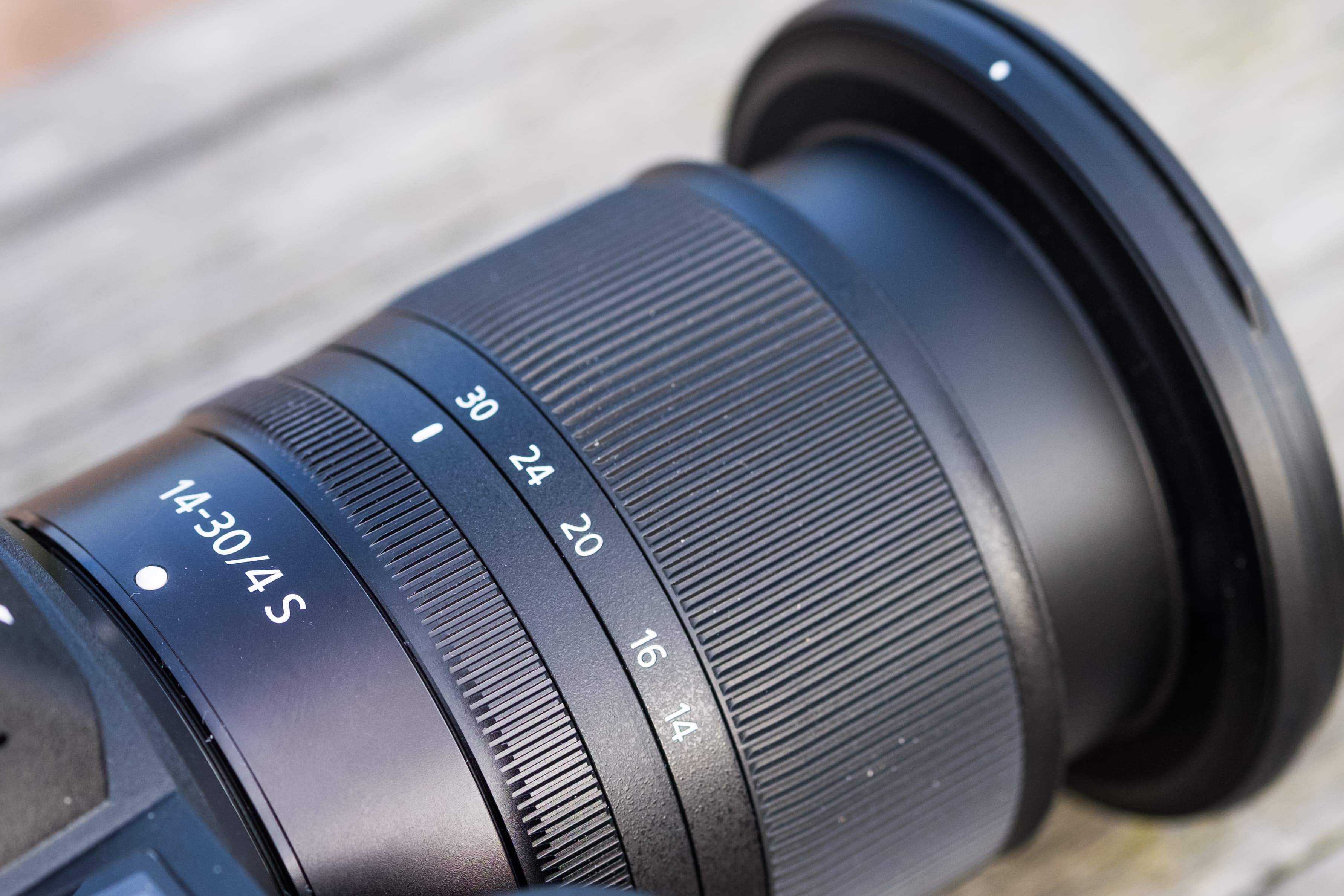
A close up view of the zoom ring and control ring. Note the white dot at the front of the lens
The lens balances extremely well on Z-series cameras. The combined weight of lens (485g) and the Nikon Z 7 comes to just 1,160g, which presents a considerable weight saving when you compare it to a combination like the Nikon D850 with the Nikon AF-S 16-35mm f/4G ED VR that weighs 500g more.
At the front of the lens you’ll find a white dot, which when aligned with the white circle on the hood offers visual confirmation that it’s correctly attached. The petal-shaped plastic lens hood secures with a reassuring click, but unlike some hoods doesn’t feature its own release button.
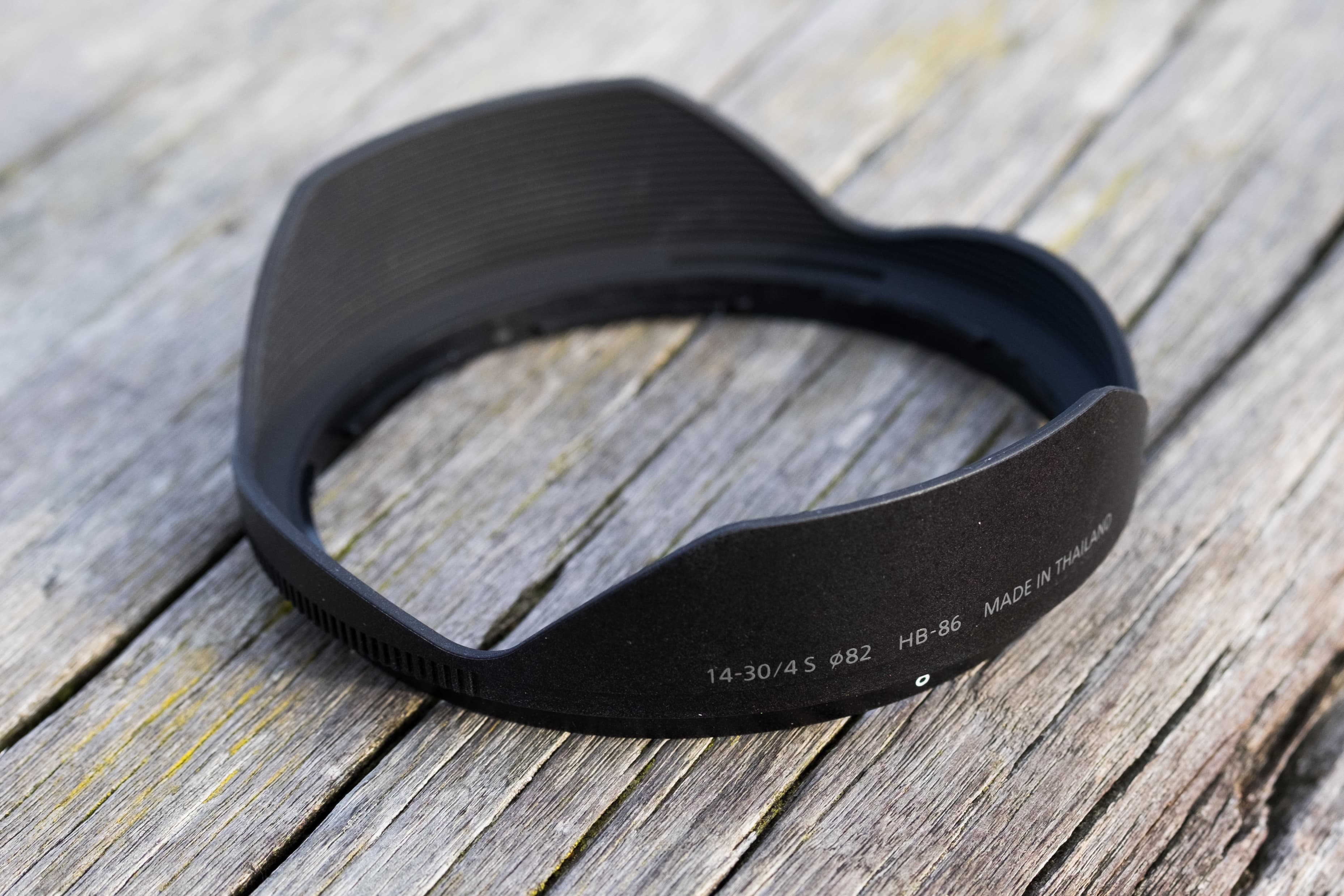
The HB-86 lens hood that is supplied with the Nikkor Z 14-30mm f/4 S is made from plastic
Nikkor Z 14-30mm f/4 S review: Image Quality
To give this zoom the thorough test it deserves, it was paired with Nikon’s 45.7-million-pixel Z 7, which embeds lens correction profiles for Z lenses like the Nikkor Z 14-30mm f/4 S in its raw files. Software such as Adobe Camera Raw and Lightroom applies these corrections automatically to keep optical flaws in check while helping to speed up our workflow.
The lens delivers its sharpest results at the wide end of the zoom, with centre sharpness figures at 14mm peaking above those taken at the mid-way point in the zoom range. Stopping the lens down from f/4 to f/5.6 and f/8 sees corner sharpness improve, with f/5.6 yielding pleasing results on close inspection.
Sharpness at 30mm isn’t terrible, but users can expect a perceptible drop in sharpness when it’s used wide open at the long end. If your shooting situation doesn’t demand that you shoot wide-open, it’s well worth stopping the lens down to f/5.6 to locate its sweet spot.
There’s always some concern about how well wideangle optics control curvilinear distortion. Converging verticals are inevitable with an ultra-wide lens, but with barrel and pincushion distortion being well corrected for by the embedded lens correction profile, users won’t notice any horrendous bowing at the edges.
Shooting towards the light also confirmed that chromatic aberrations are well controlled. Users needn’t fret too much about severe fringes of colour along high-contrast edges.
As for vignetting, the embedded correction profile might alleviate corner shading at wide apertures, but it doesn’t remove it completely. Use the lens at its widest zoom setting at f/4 and you’ll notice light fall-off in the corners. I found myself overcoming this by stopping down or taking manual control of the vignetting amount slider in Camera Raw.
Nikkor Z 14-30mm f/4 S review: Resolution, shading and curvilinear distortion
Resolution
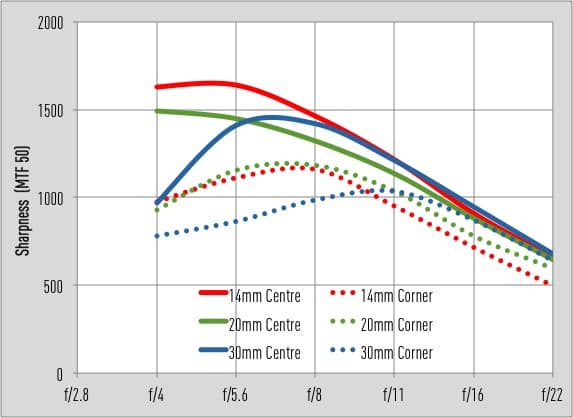
Nikkor Z 14-30mm f/4 S on Nikon Z 7
Our Image Engineering MTF tests indicate that the lens puts in a respectable performance for an ultra-wideangle zoom. The solid red line tells us it’s sharpest in the centre at its widest focal length setting. When you push beyond 20mm centre sharpness drops off, so it’s worthwhile stopping down a stop or two when shooting at 30mm. Edge sharpness also improves by stopping down to f/8.
Shading
Use the lens wide open and you’ll notice that the edges appear darker than the centre of the frame. Vignetting occurs throughout the zoom range, but is most obvious at the 14mm position. Stopping down from f/4 to f/5.6 and f/8 sees a noticeable improvement in the amount of light fall-off.
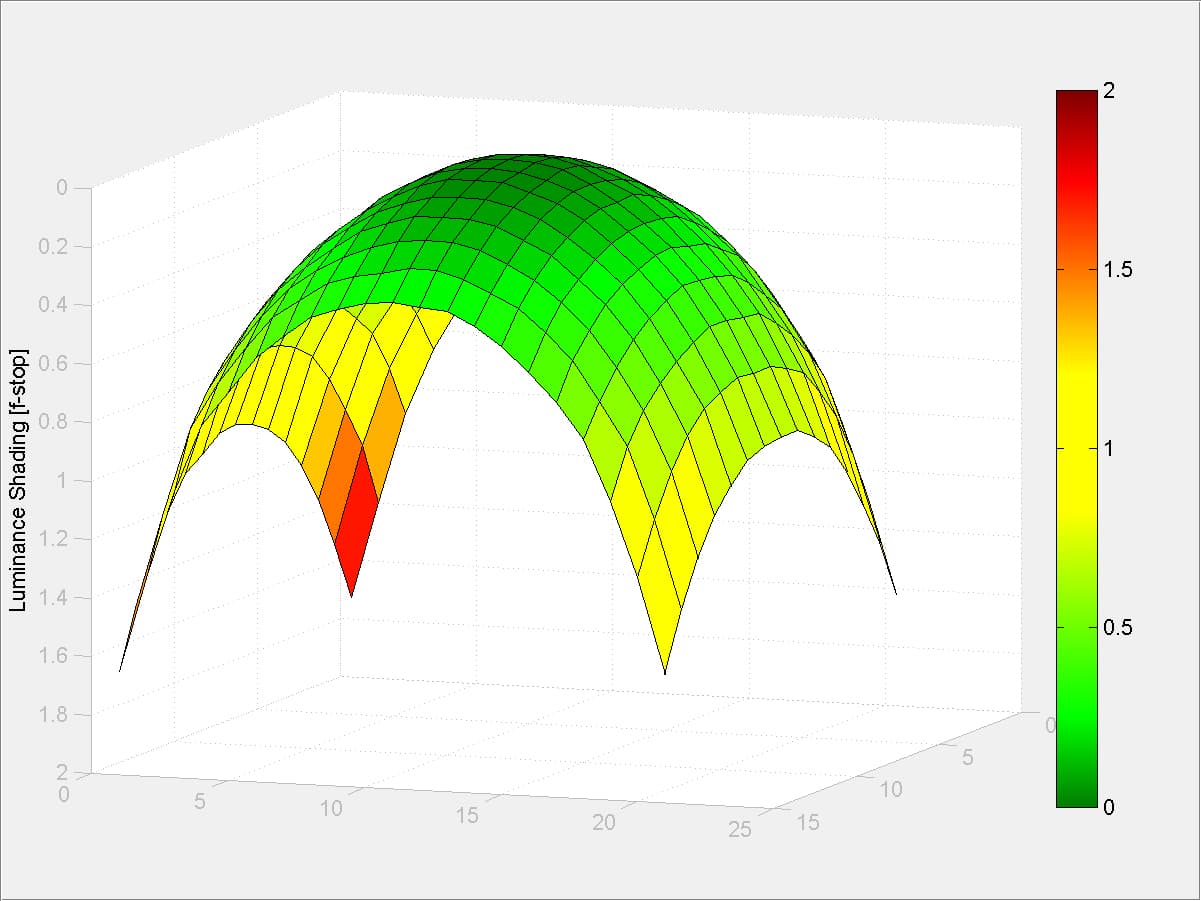
Nikkor Z 14-30mm f/4 S, 14mm @ f/4
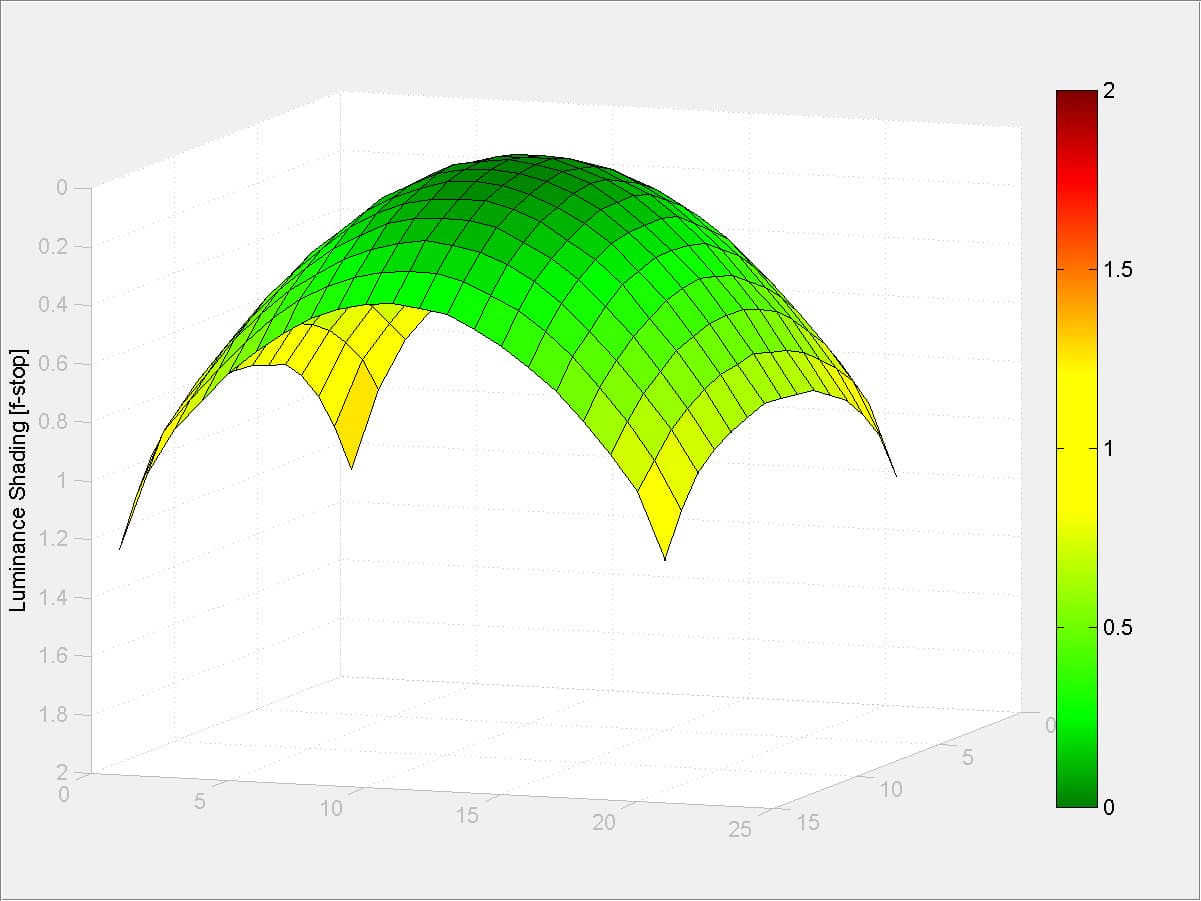
Nikkor Z 14-30mm f/4 S, 14mm @ f/5.6
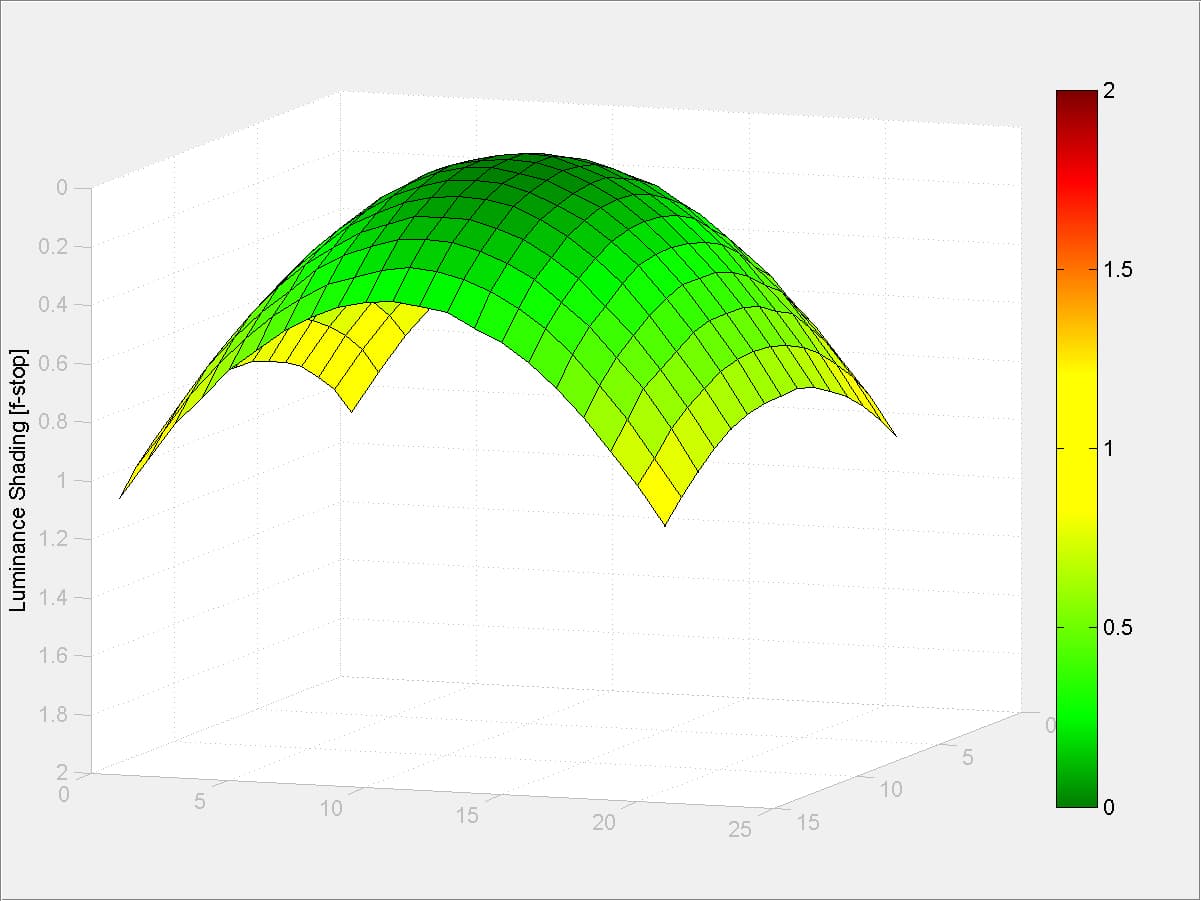
Nikkor Z 14-30mm f/4 S, 14mm @ f/8
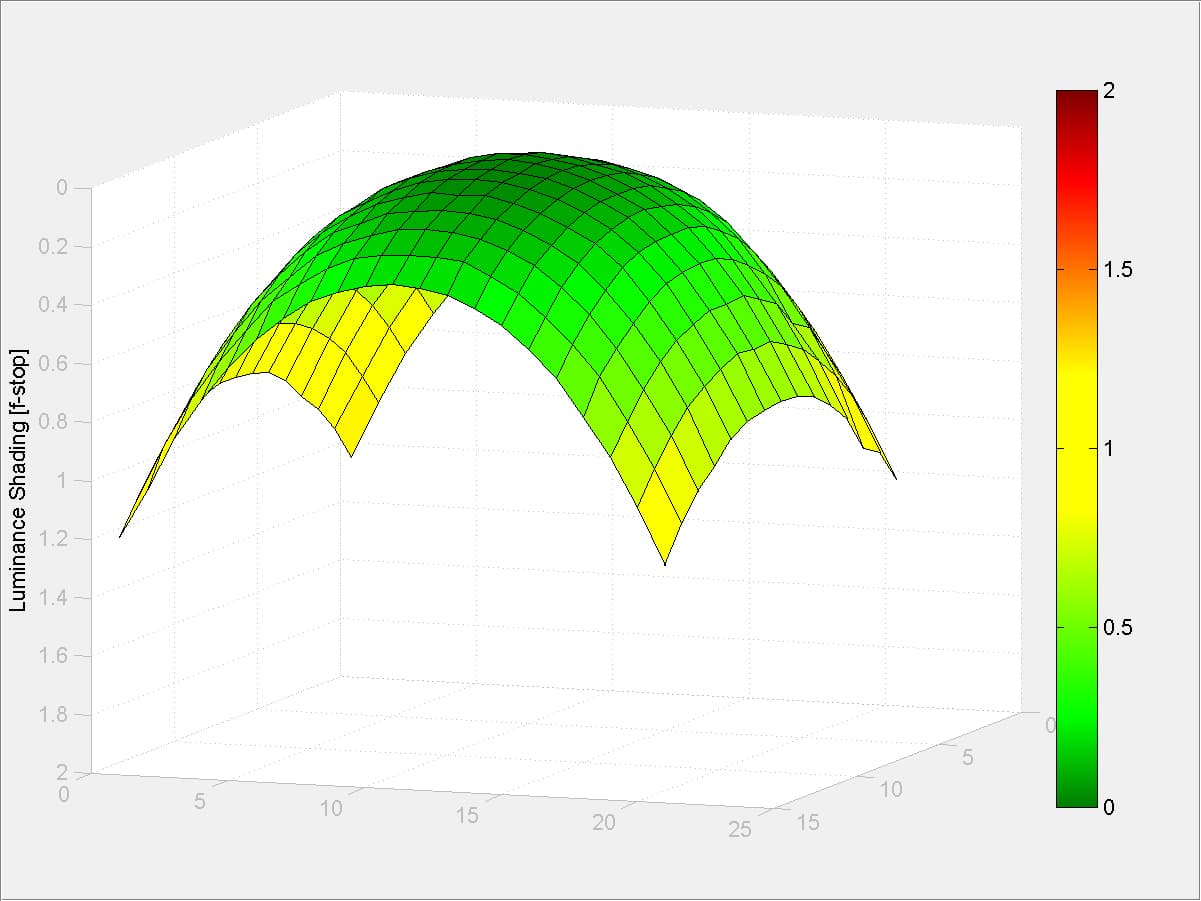
Nikkor Z 14-30mm f/4 S, 20mm @ f/4
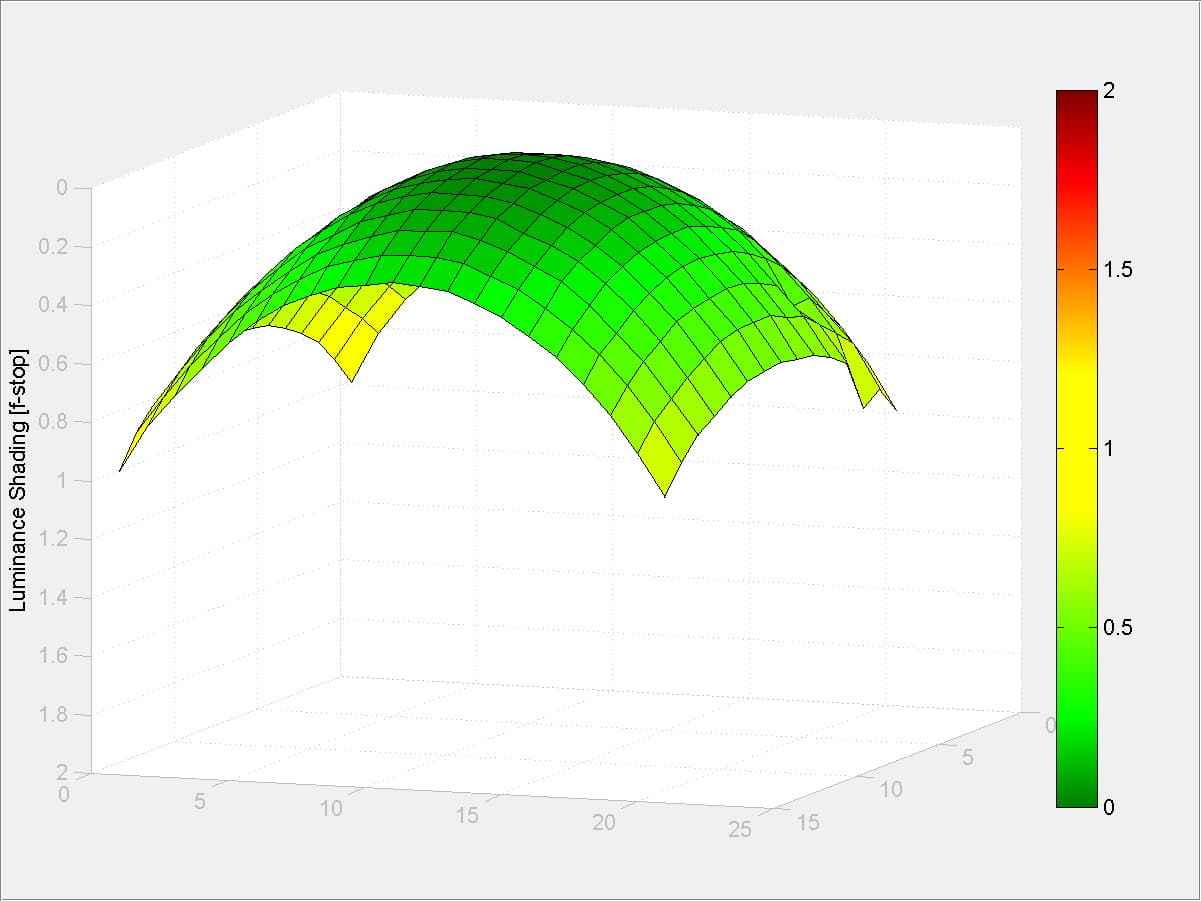
Nikkor Z 14-30mm f/4 S, 20mm @ f/5.6
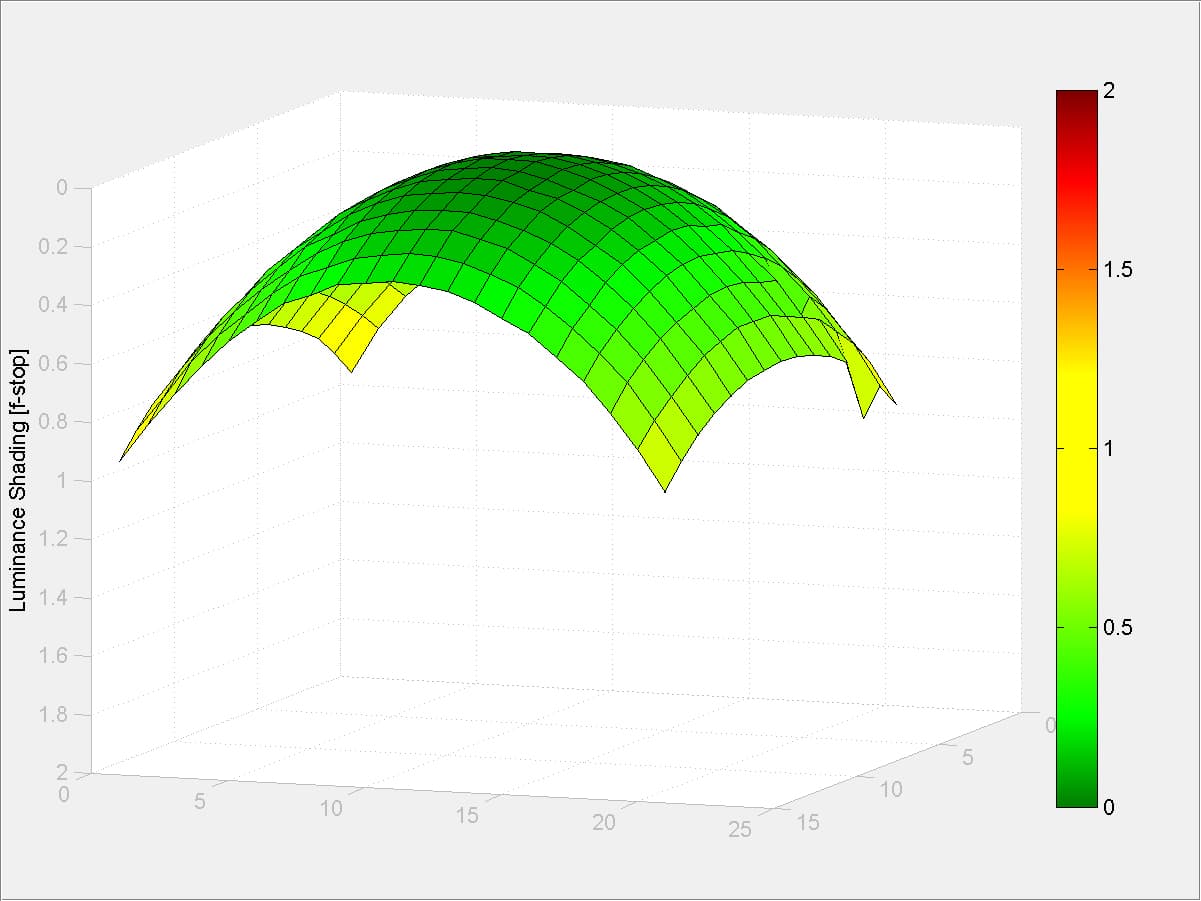
Nikkor Z 14-30mm f/4 S, 20mm @ f/8
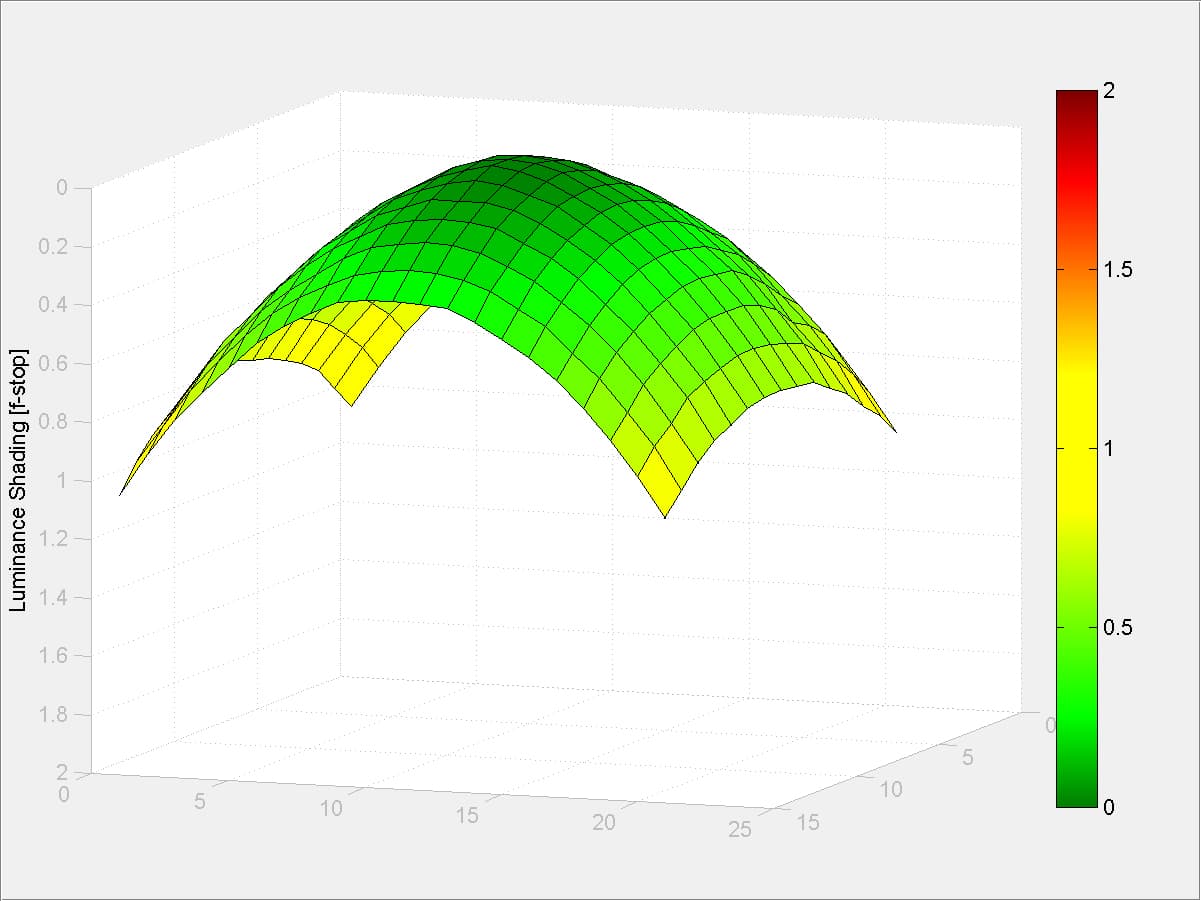
Nikkor Z 14-30mm f/4 S, 30mm @ f/4
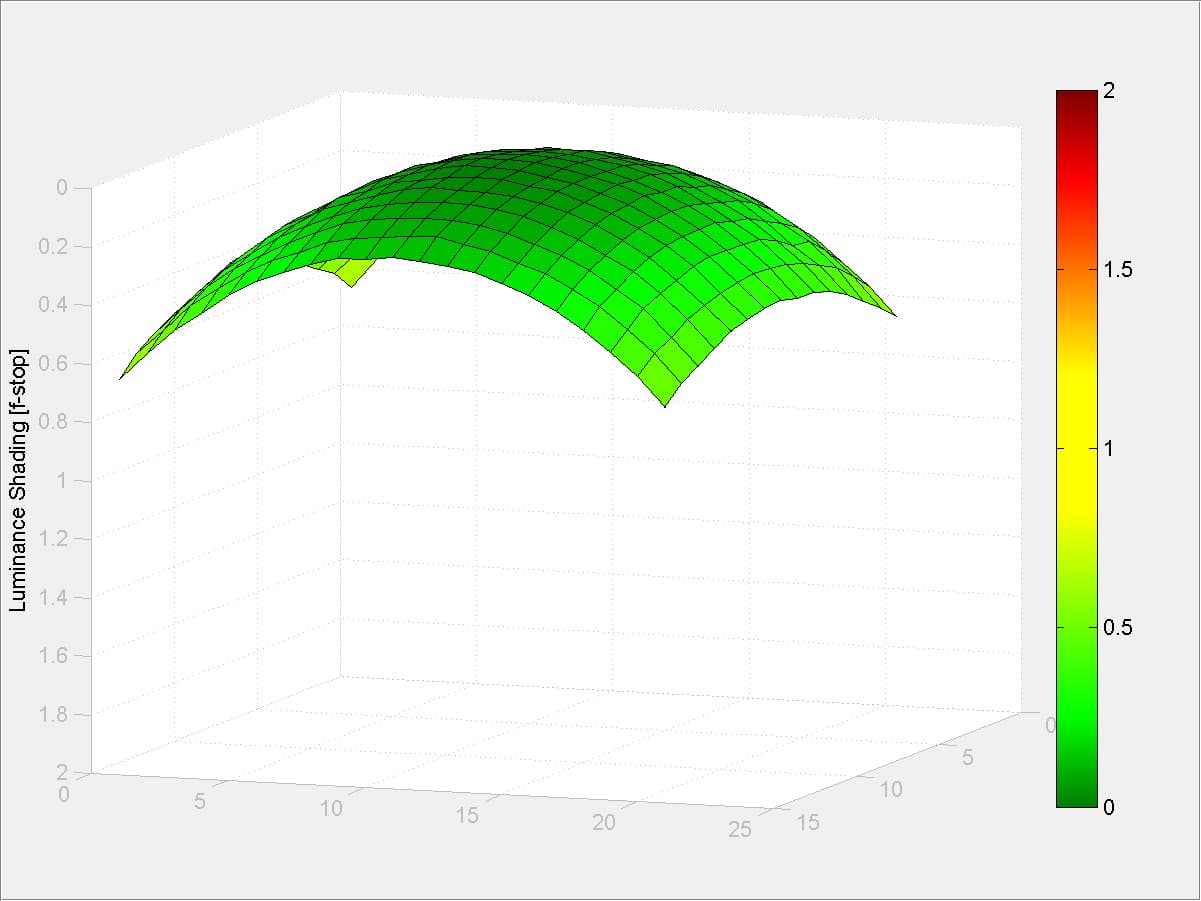
Nikkor Z 14-30mm f/4 S, 30mm @ f/5.6
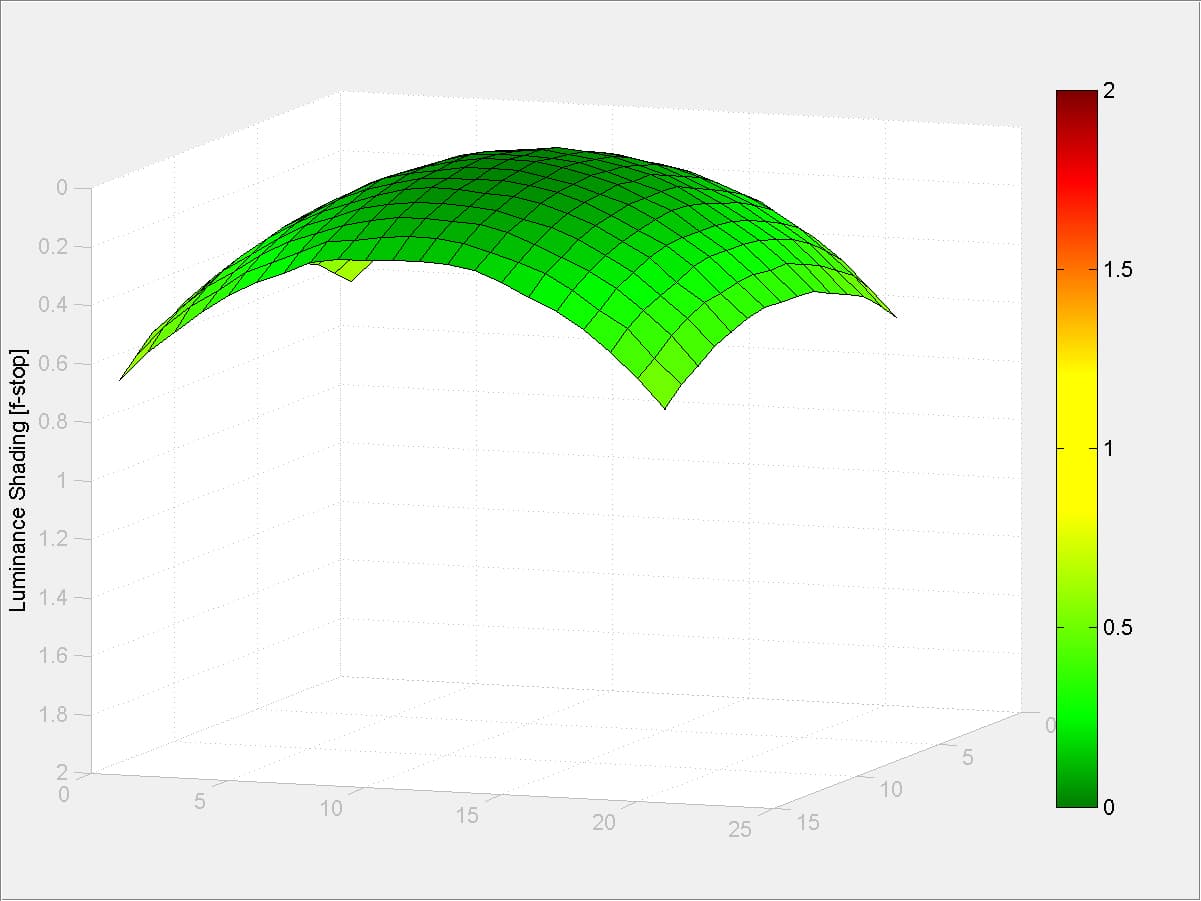
Nikkor Z 14-30mm f/4 S, 30mm @ f/8
Curvilinear distortion
Thanks to the embedded lens correction profile that’s automatically applied to raw files, users can expect distortion-free images straight out of the camera. Users who regularly shoot JPEGs will find themselves wanting to engage the Auto distortion control option from their camera’s menu system.
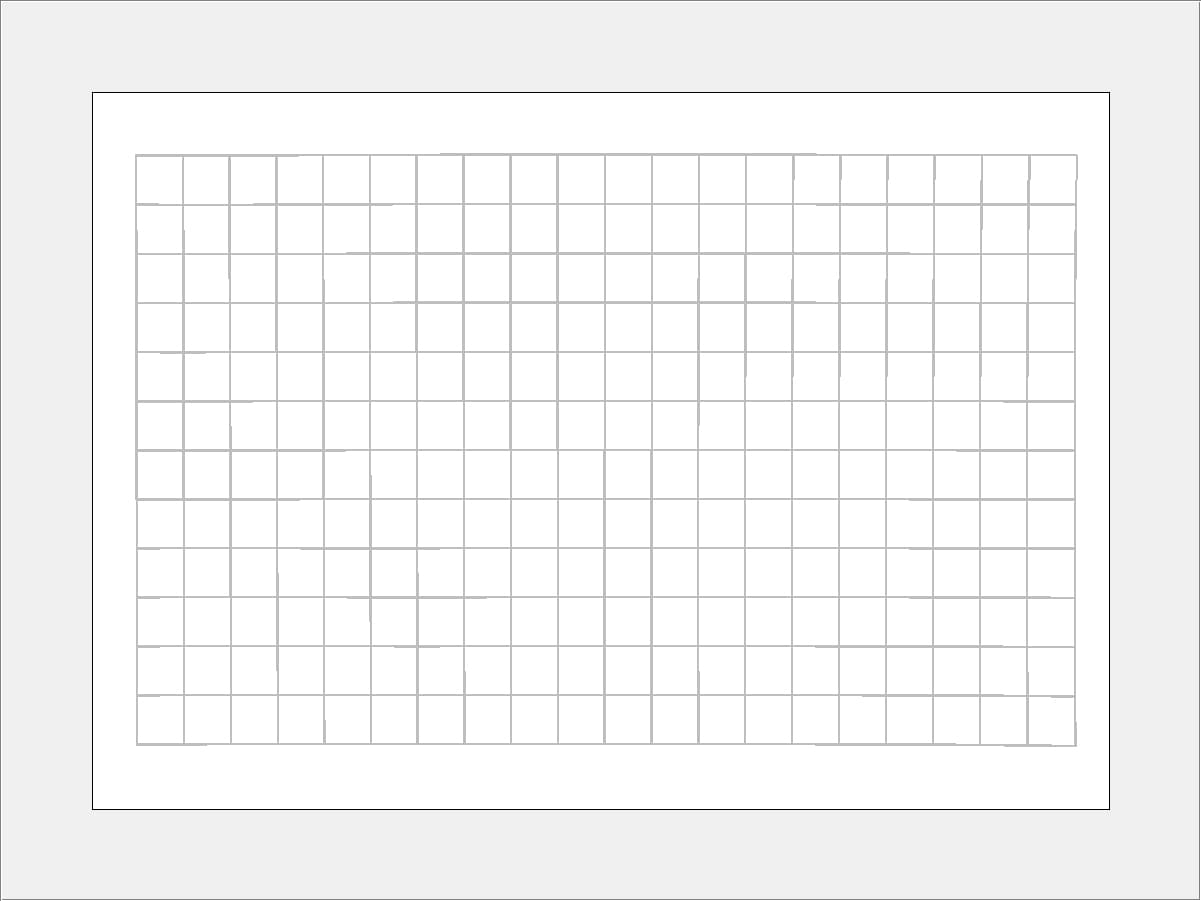
Nikkor Z 14-30mm f/4 S, 14mm, 0.1% TV SMIA
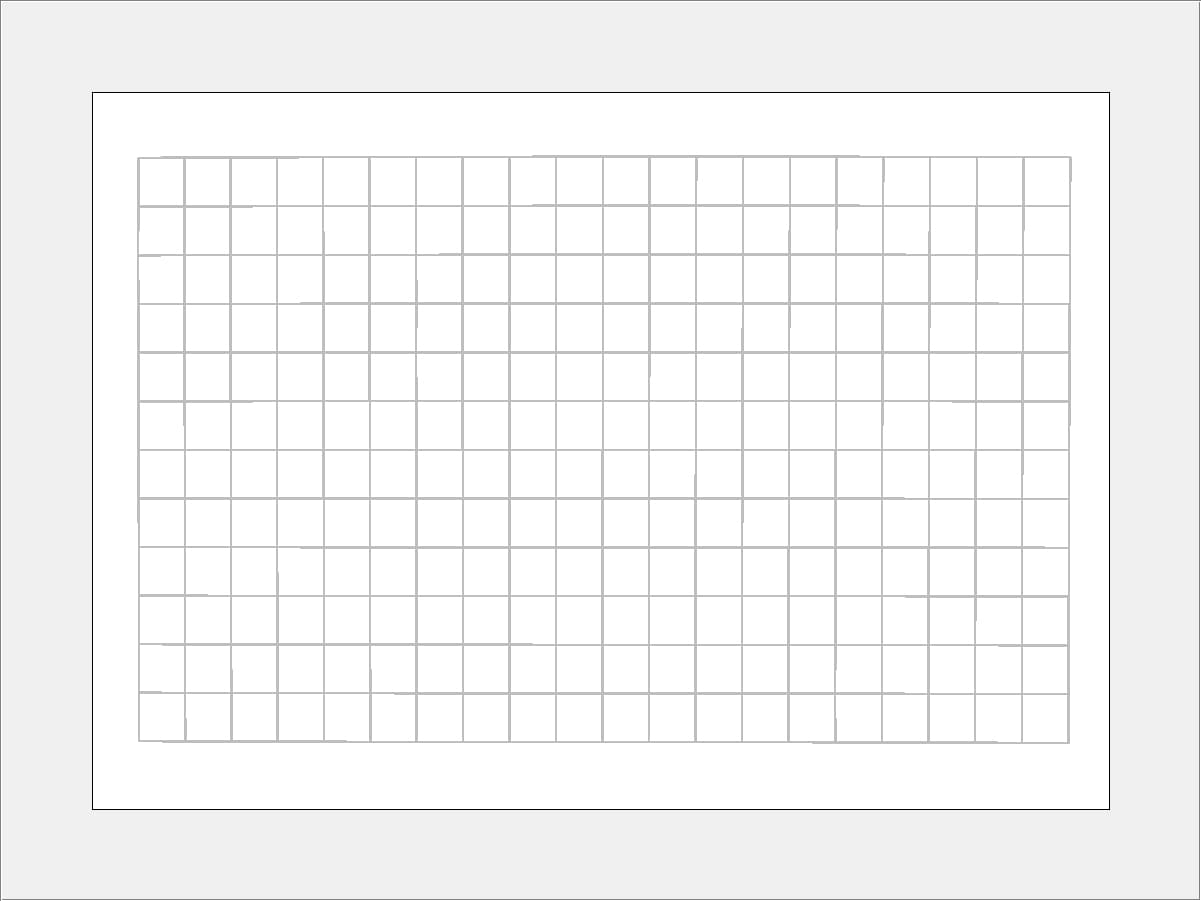
Nikkor Z 14-30mm f/4 S, 20mm, -0.1% TV SMIA
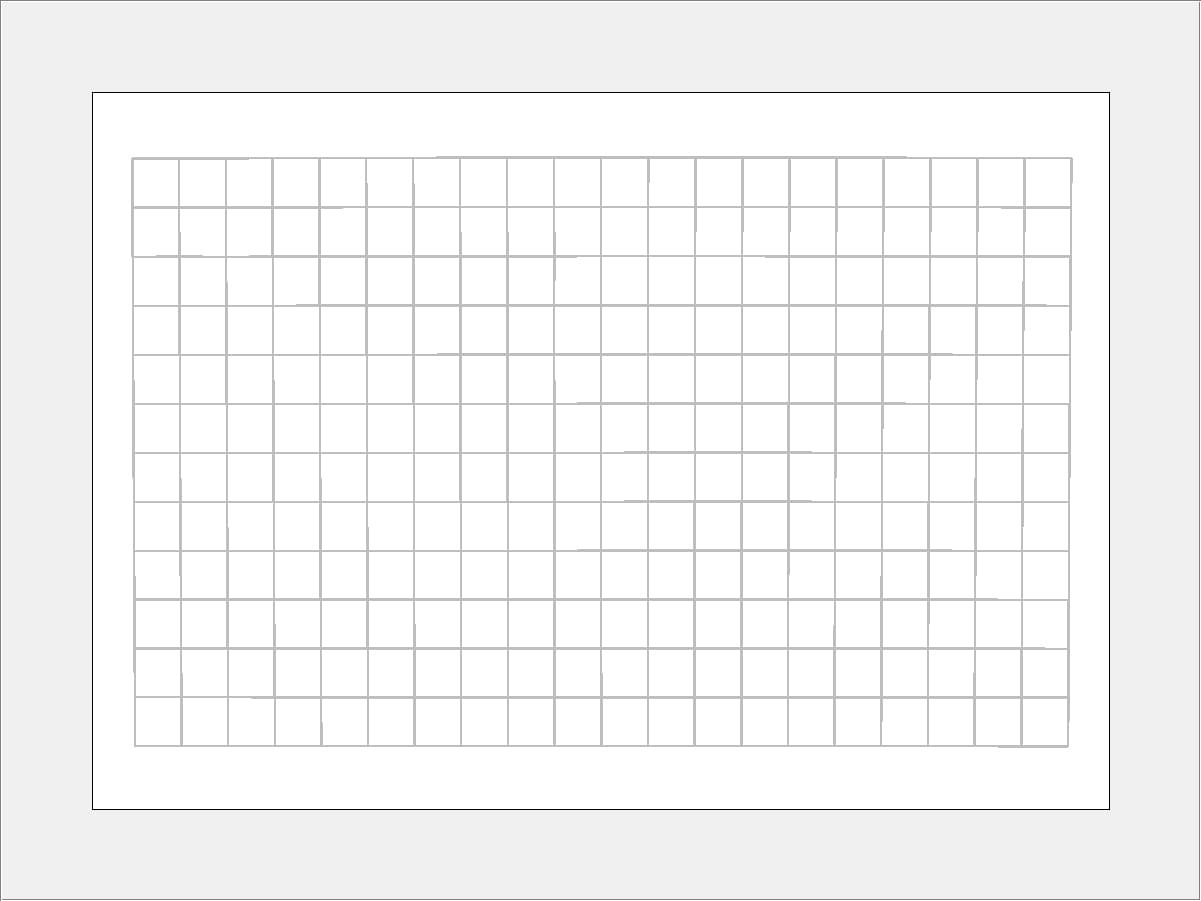
Nikkor Z 14-30mm f/4 S, 30mm, -0.1% TV SMIA
Nikkor Z 14-30mm f/4 S review: Verdict
An advantage of choosing a wideangle zoom with a maximum aperture of f/4 as opposed to f/2.8 is that they’re typically smaller, lighter and more portable. The Nikon Z 14-30mm f/4 S is an excellent example and its retractable design makes it one of the most compact of all the ultra-wide zooms we’ve ever tested.
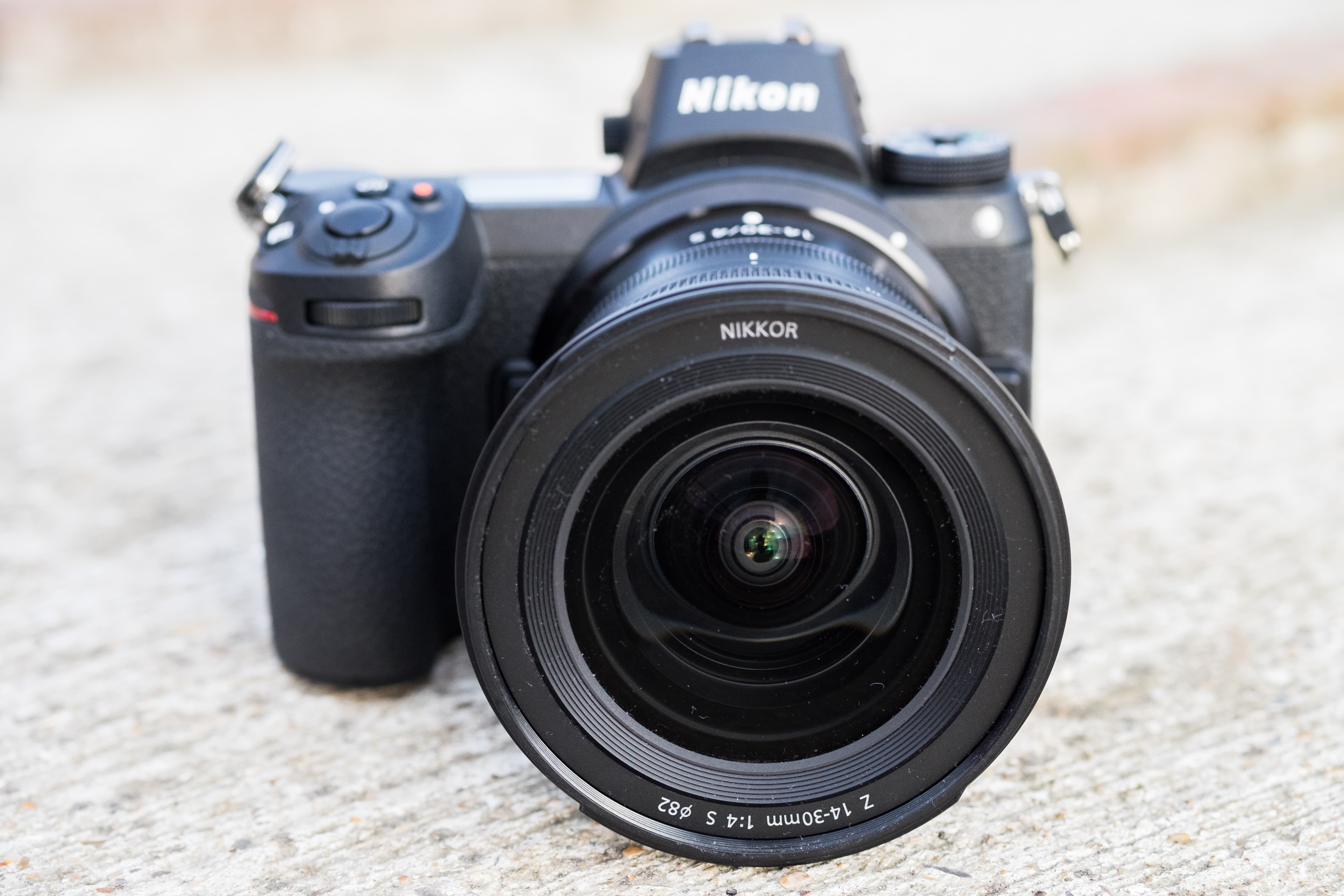
The size of the lens complements Nikon Z-series cameras superbly and thanks to its detachable hood, it allows users to attach filters, adapter rings and filter holders simply and more cheaply than buying an expensive filter system that’s specially made for ultra-wideangle lenses.
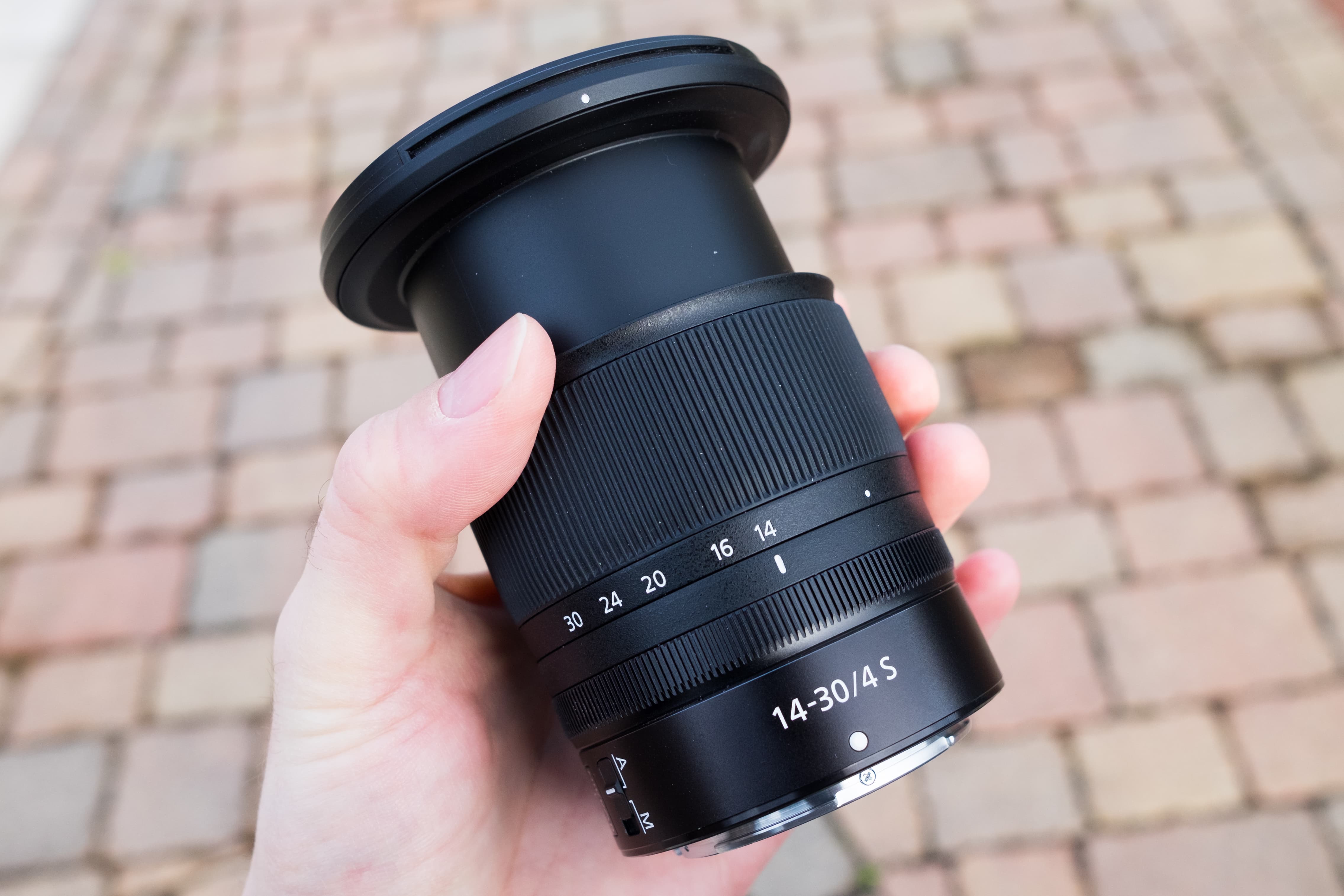
If you regularly shoot in low light and know you’d benefit from a faster lens, you may want to hold out for the Nikkor Z 14-24mm f/2.8 S that’s due to arrive at some point next year. Then again, if you can’t wait until then and want a lens that’s lighter and a tad wider than Nikon’s F- mount AF-S 16-35mm f/4G ED VR, the Nikon Z 14-30mm f/4 S makes a strong case for itself. Overall, it’s a great optic for its size.






